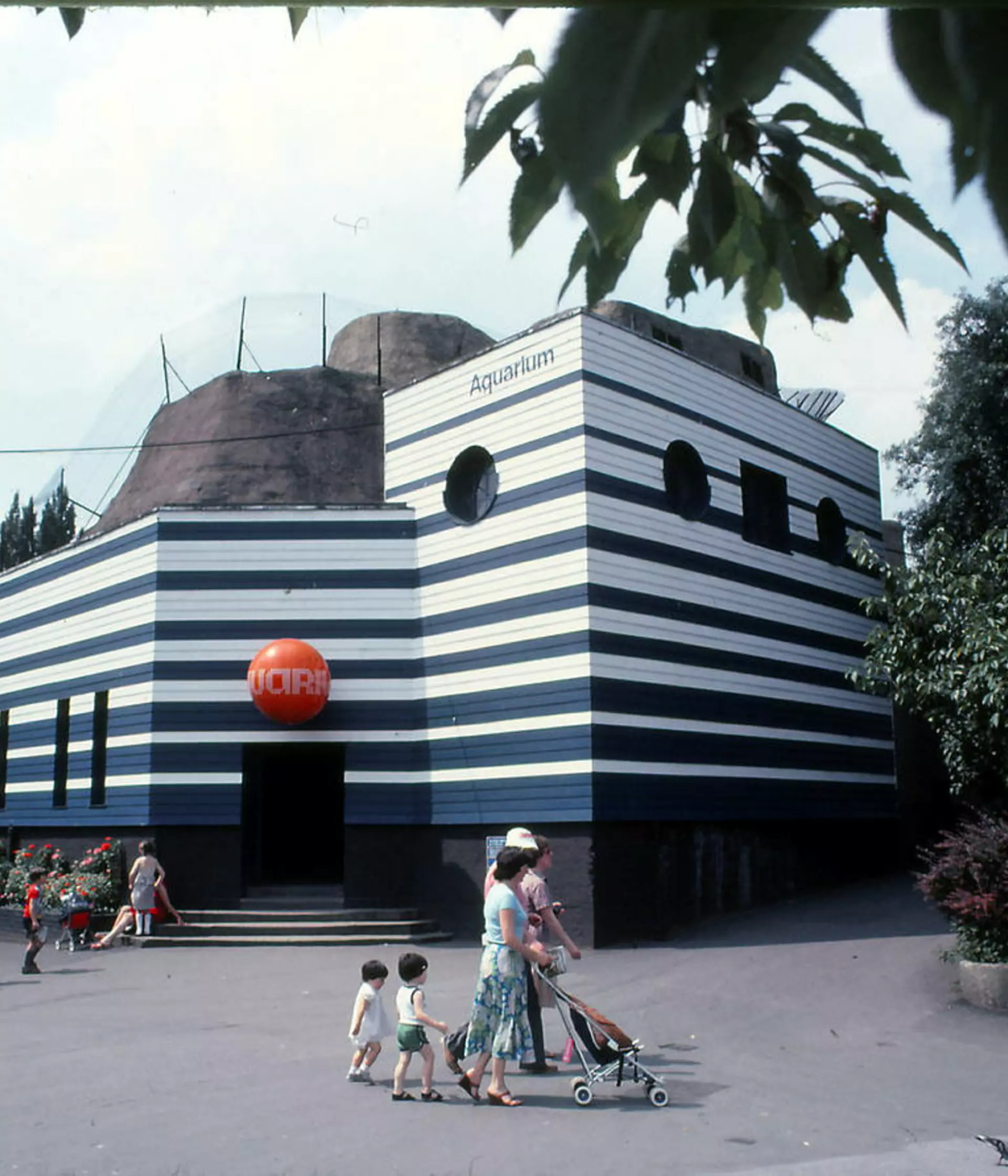The world's first public aquarium
London Zoo was home to the world’s first public aquarium – and its longest-serving Aquarium building continued this spirit of innovation.
Built in 1923, our former Aquarium is a landmark in to our long history of looking after marine and freshwater fish. It built on the success of our previous “Fish House” or “Aquatic Vivarium”, which had opened in 1853, becoming world’s first public aquarium.
The fledgling aquarium pioneered the use of large sheets of plate glass to create tanks that clearly showed off the creatures living inside. It was designed by Victorian naturalist Philip Henry Gosse, who also supplied many of ZSL’s early marine specimens from his own collection. Management of the collection drew on the latest scientific knowledge at the time about how fish absorb oxygen from water and produce carbolic acid. Aquatic plants were used to replenish oxygen levels.
Gosse introduced the name “Aquarium” for his new brand of fish-keeping facility, preferring it to our original title of “Aquatic Vivarium”, which he found awkward! His work triggered a craze for fish-keeping and aquaria in Victorian society – and paved the way for subsequent, more ambitious aquarium facilities.
The original aquarium building
World's first aquarium
We were home to the world's first public aquarium in May 1853. Our 'Fish House' was revolutionary for its time, the possibility of making tanks from large sheets of plate glass enabled visitors to have an underwater view of the life in tanks.
Marine aquarium pioneers
Plans for a new Aquarium building were included in architect John James Joass’s designs for the new Mappin Terraces around 1913. This Aquarium was not actually constructed until a decade later, however, due to funding issues and the outbreak of World War I.
The building was officially opened by King George V and Queen Mary in 1924. Built in a functional 1920s style, it included more than 100 fish tanks, the largest of which housed sea turtles.
The Aquarium continued ZSL’s track record of innovation in fishkeeping. It was one of the first facilities that set out to provide the right living conditions for salt-water species. This was achieved thanks to a pioneering filtration and pumping system that circulated real sea water around the marine tanks.
London Zoo Aquarium today
After nearly 100 years of constant use, the Aquarium at London Zoo reached the end of its working life in 2019. Although it has now been retired from active duty, it’s now enjoying a new lease of life thanks to a stunning animal mural by street artist Jane Mutiny. Taking her inspiration from species at the Zoo, Jane has created a site-specific artwork that’s designed to complement the building’s original features.
ZSL continues to provide a home for many incredible – and often rare – aquatic species. The Whipsnade Zoo Aquarium and breeding facility is a state of the art for freshwater fish at Whipsnade Zoo. Meanwhile London Zoo’s Tiny Giants is home to a number of underwater creatures, from jellyfish and reef fish to rescued coral.
